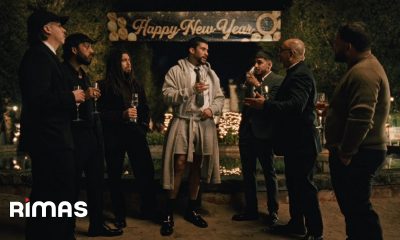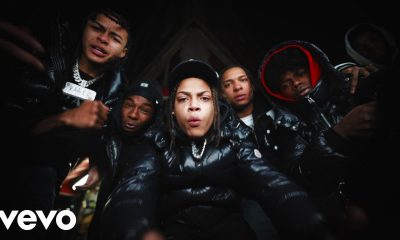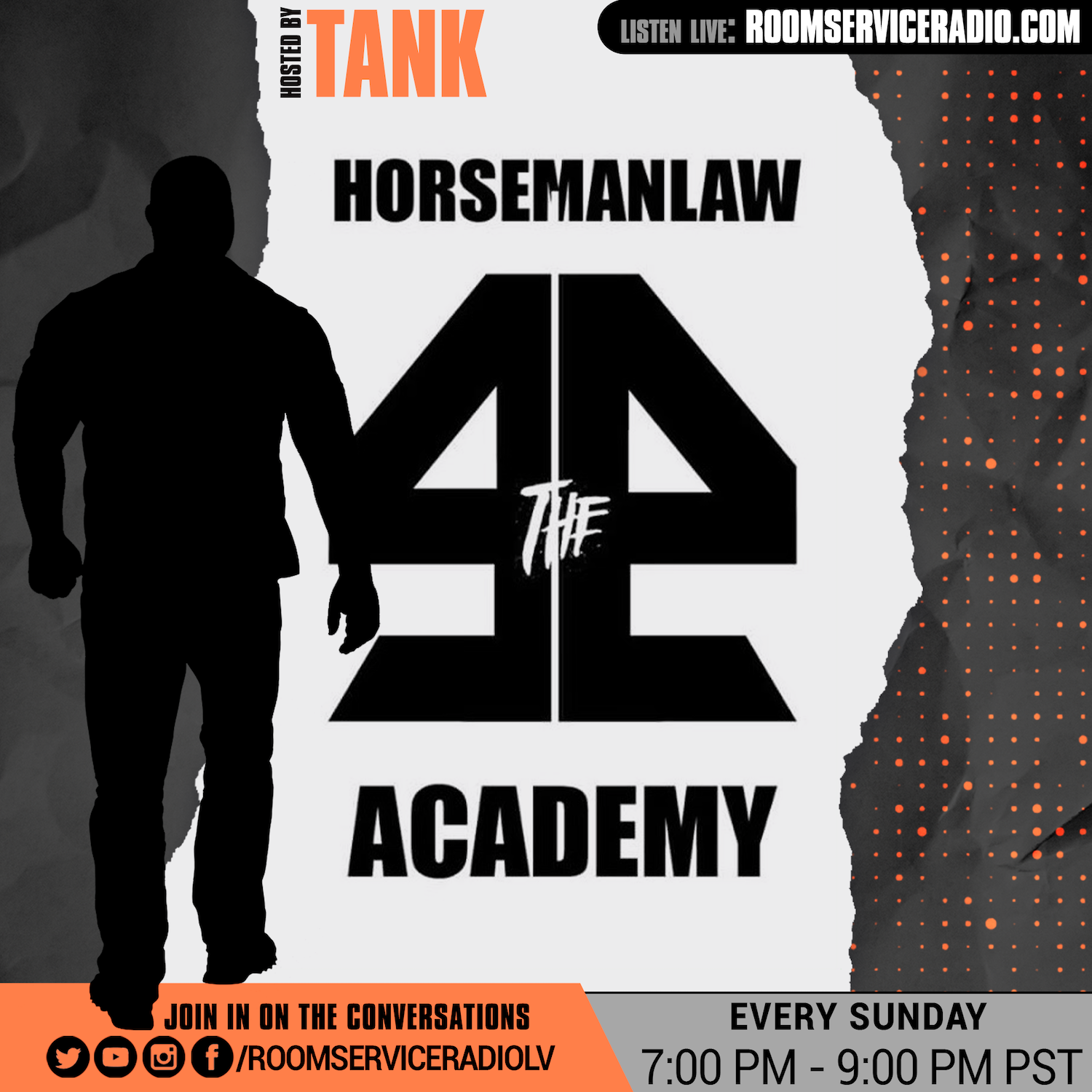
What Is ‘Old Money Style’—and Why Is Gen Z So Obsessed With It?
Weiss thinks it’s a post-pandemic reaction, too, but more connected to wanting to dress up again after wearing sweatpants and athleisure for years. “There was this post-COVID thing of dressing up by choice,” he says. “In a world where we used to be forced to dress up to go to work, now there’s this idea of getting dressed up of your own volition.”
Personally, I find it fascinating that young people—in the midst of unprecedented wealth inequality, told that they’ll never own a home, that the American dream promised to them may well be dead—are dressing up as the people who, in essence, ruined it all for them. I, for one, have noticed my TikTok feed filled with old money aesthetic slideshows of roguish types in Rolls-Royces alternating with vehement harangues of late-stage-capitalism, a perplexing juxtaposition.
“There is this phenomenon of ironic, slightly mocking uses of status symbols which does have a long history,” Ford says, mentioning the way Black and Latinx Americans once donned exaggerated Zoot suits as a retort to traditional men’s tailoring. “I would say the way people are adopting these things, it’s quasi-ironic [though] there’s certainly a lot of affection for the look.”
And they aren’t dressing as the enemy, per se, Trufelman notes. “I think there’s some comfort in dressing as old money,” she says. “Not to be flippant, but it’s not new money like these guys like Elon Musk in their black T-shirts who are ruining the world.” Indeed, old money is far enough in the rearview mirror to have had much of the bad parts sanded away. What we get is great clothes and not much context. As Trufelman puts it: “This is almost a costume for social media.”
But Weiss, who has long since settled on this precise aesthetic as his default mode of dressing, has some thoughts on why it’s popular. “As a baseline, it’s a nice thing to look at,” he says. Indeed, despite its classic nature, the old money aesthetic has a surprising amount of variety contained within. “Like, I’m a gay preppy,” Weiss adds, “which is an anti-WASP thing, so I’m shaking it up a bit.” If everyone from Tyler, the Creator to J.Crew to Emerald Fennell to Nigo can reference it, who can’t find some aspect of the trend to make their own?
“It’s warm and cozy,” Weiss says. “It’s nice to go into the Ralph Lauren Mansion on Madison Ave and play that part. I forget who, but someone in the Very Ralph documentary is like, ‘This is a very utopian world where you’re living among these film characters. It’s a safe place to be.’”
Article written by Max Berlinger #GQ












